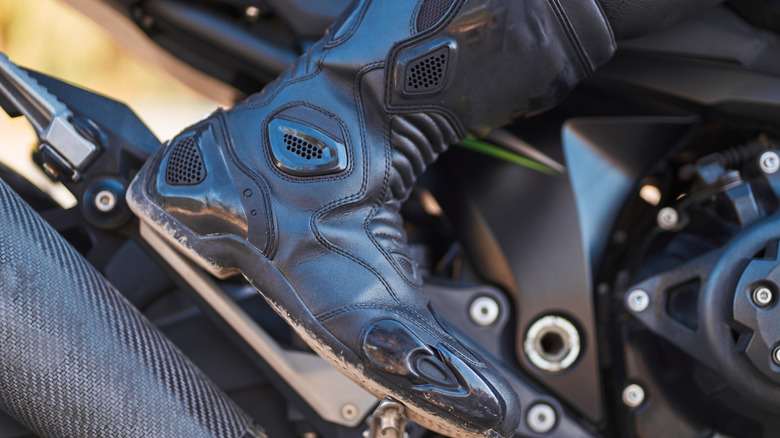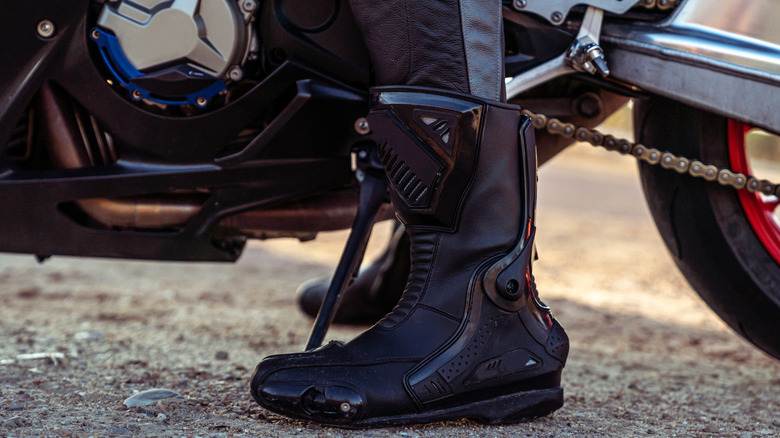Motorcycle Boots Safety: What Type Offers The Most Protection For Bikers?
Because of its small size, economical engine, and ease of use compared to cars, the motorcycle is one of the most important forms of transportation worldwide. These upsides, however, also come with downsides, specifically in terms of rider safety and protection. According to data from the National Highway Traffic Safety Administration, more than 82,500 motorcyclists suffered injuries from riding accidents in 2023, which highlights the importance of riding gear. Riders need helmets, gloves, and, of course, motorcycle boots.
Providing extensive foot and ankle protection, motorcycle boots are engineered to defend against two key risks: impact and abrasion, which is why boots are such crucial gear for motorcycle riders. Made from strong materials, including leather, rubber, metal, and synthetic fibers, they are constructed with reinforced sections, like metal toe boxes, thick soles, and ankle support. This rigidity allows the boots to withstand impact forces during a crash and shield the rider's leg and foot in the event of a skid or slide.
Motorcycle boots are available in different variations, including sizes, materials, and styles. Among the most popular types of boots is the racing boot, which is designed for high-speed use and worn by riders who compete on the track.These boots offer the most protection. Cruiser-type boots, on the other hand, are made for daily wear, making them comfortable to use compared to other boots but offering less protection. Mid-level protection comes from touring boots, which are built for use on long rides and are fortified in key areas like the foot and ankle, and adventure boots, which have the characteristics of other boot types by providing comfort, support, and protection.
Safety while riding is always crucial
For motorcycle boots, ratings are based on CE certification, which is the European Conformity standard that indicates a product has passed the safety, environmental, and health standards required by the E.U. This grading, however, is optional rather than mandatory in the U.S., so not all boots show ratings. If they do, then the ratings on boots are normally found on the tongue part, where the CE symbol is printed, along with a figure of a motorcycle with a rider and a series of numbers and letters underneath. The series of numbers immediately below the rider figure signifies the type of test and the year it was conducted, while the numbers underneath are the rating levels for the boot.
Generally, the higher the number, the better the protection. Starting from the left, the first digit indicates the boot height, with the number 1 specifying ankle coverage only, while the number 2 covers up to the shin. The next digit is for the boot's abrasion resistance, with a bigger number meaning better durability, while the third digit signifies the boot's impact cut resistance, with a higher number representing a better capacity to withstand cuts. Finally, the last number denotes the boot's rigidity and lateral stiffness, or how well it will endure the weight of the bike should the rider's foot go underneath it during an accident.
Motorcycles give riders a unique sense of freedom and autonomy. But riding motorcycles also comes with responsibility, including wearing gear like boots and reliable helmets from reputable brands. In addition to personal safety, it is also vital for riders to understand and learn the different motorcycle hand signals that can help warn or direct riders and other road users while on the road.

